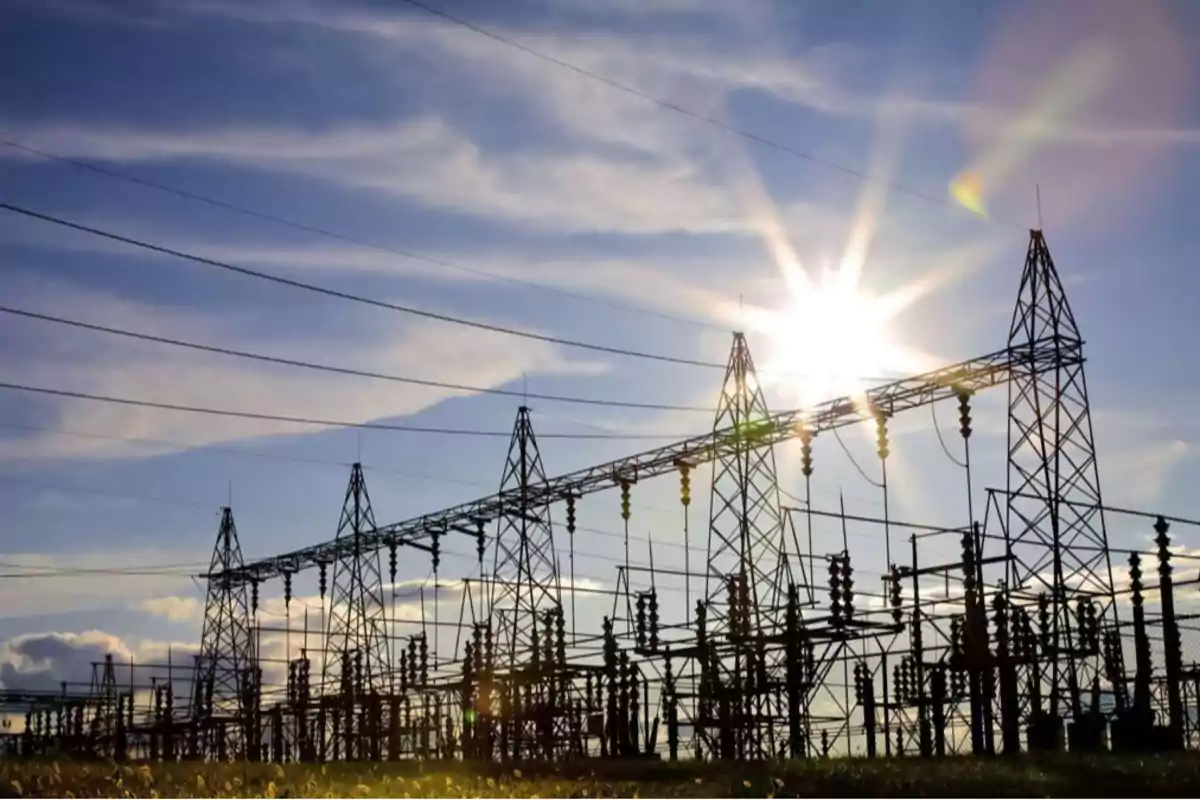
The government announced multimillion-dollar private projects to improve the electrical system.
The goal is to improve the electric transportation network in different regions of the country and reduce power outages
The government of Javier Milei announced an ambitious priority infrastructure plan worth over USD 6.6 billion, aiming to improve the electric transmission network in different regions of the country and reduce power outages.
However, these projects stand out because they will be financed and carried out by private companies through a concession model, which means they won't represent an expense for the State or for taxpayers.
The projects will be awarded through both national and international tenders. According to information provided by the Secretariat of Energy, the financing will come from charging a fee in the rates of users who benefit from the new infrastructure.
However, that charge will only begin to apply once the projects are completed and operational. This condition, which prevents passing the cost on to users before the projects are up and running, was one of the factors that delayed the implementation of the plan.

The announcement was made by presidential spokesperson Manuel Adorni, who explained that the Minister of Economy, Luis "Toto" Caputo, will sign a resolution to declare these projects as priorities. The central objective of the program is to strengthen the Argentine Interconnection System (SADI), improve the quality of electric service, and solve critical points in the transmission network.
Energy populism
Power outages have become a constant over the past decades, especially in summer and more frequently in the Buenos Aires Metropolitan Area (AMBA), due to the disastrous populist model that destroyed the energy system.
For example, at the end of March, failures in high-voltage cables of the company Edesur caused two blackouts that particularly affected downtown Buenos Aires, leaving about 740,000 users without service on a day when the heat index exceeded 44 degrees Celsius (111.2 degrees Fahrenheit).
In that context, over 50 people were trapped in elevators and had to be rescued by Buenos Aires firefighters. Emergency assistance was also provided to patients dependent on electrical equipment. The blackout also caused severe traffic chaos due to non-functioning traffic lights, subway interruptions, train delays, and overcrowded buses.

The plan promoted by Milei's government includes the construction and expansion of 500-kilovolt transformer stations, along with the installation of 5,610 kilometers (3,487 miles) of new transmission lines, which will mean a 38% increase compared to the current infrastructure.
During the official presentation, presidential spokesperson Manuel Adorni highlighted that 35% of existing facilities have already reached the end of their useful life, and recalled that the last national high-voltage project was carried out in 2017, while in AMBA the most recent dates back to 2006. He also pointed out that, in the last six years, only 38% of the projects required to sustain the electric transmission system have been executed.
"Electric transmission lines haven't kept up with the growth in demand: the latter rose by 20% in the last 10 years, while high-voltage transmission lines increased by only 8%. This has created bottlenecks and a heavily saturated system," warned the Secretariat of Energy.
Adorni added that the country's energy system "is devastated by the vices of the old politics" and stated that, instead of allocating the USD 30 billion required for infrastructure, USD 150 billion was spent on subsidies over the past 20 years. He said these resources were covered mainly through monetary issuance, which caused a sharp increase in inflation.
More posts: